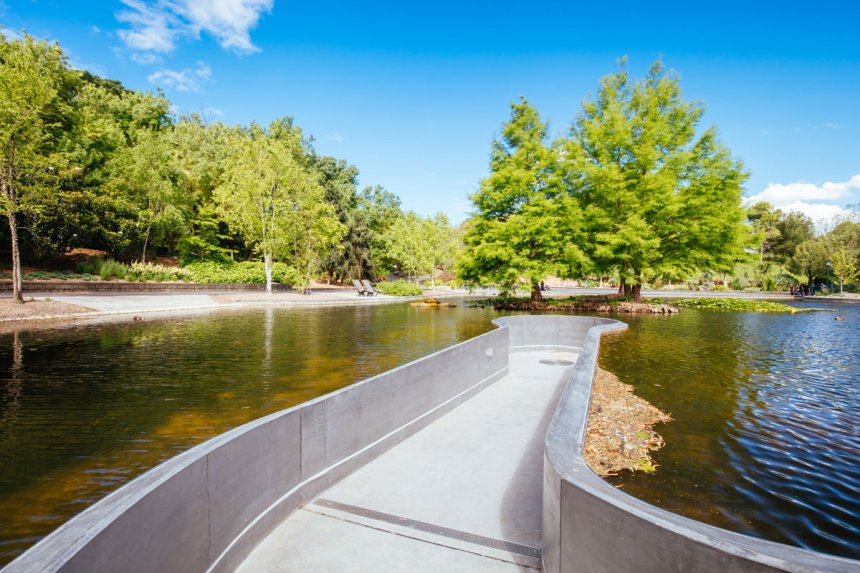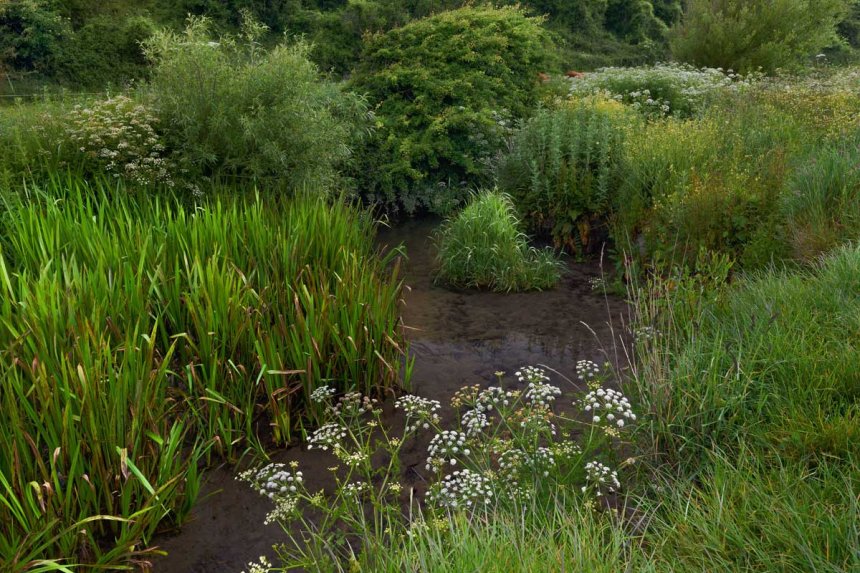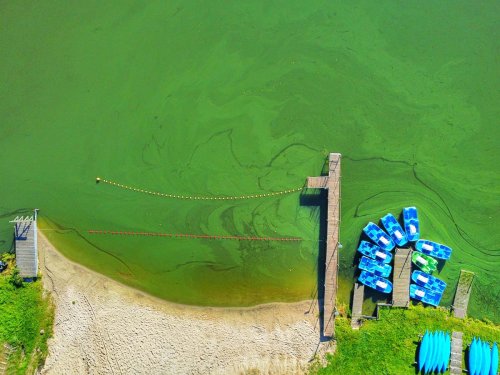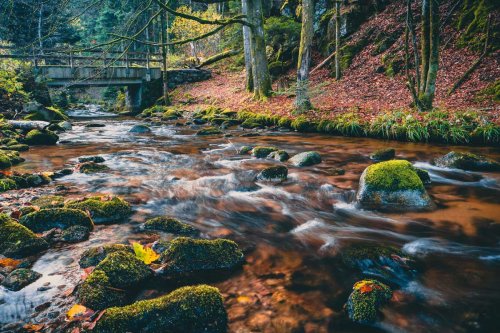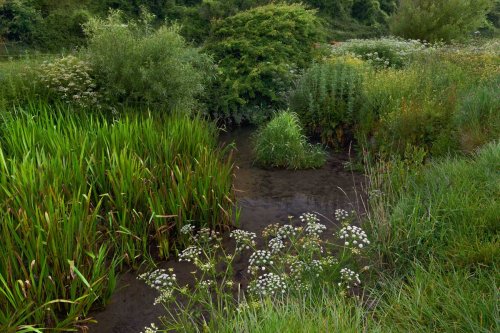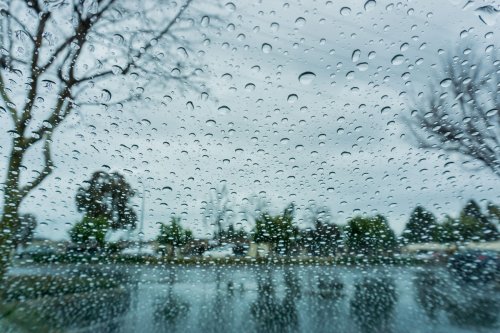The Power of Riparian Buffers: Natural Defenders of Watershed Health
As municipalities seek to balance growth with sustainability, riparian buffers stand out as a practical tool for protecting local waters. Whether your goal is to reduce stormwater impacts, meet MS4 permit requirements, or restore ecological integrity, investing in riparian buffers offers lasting benefits for people, property, and the environment.
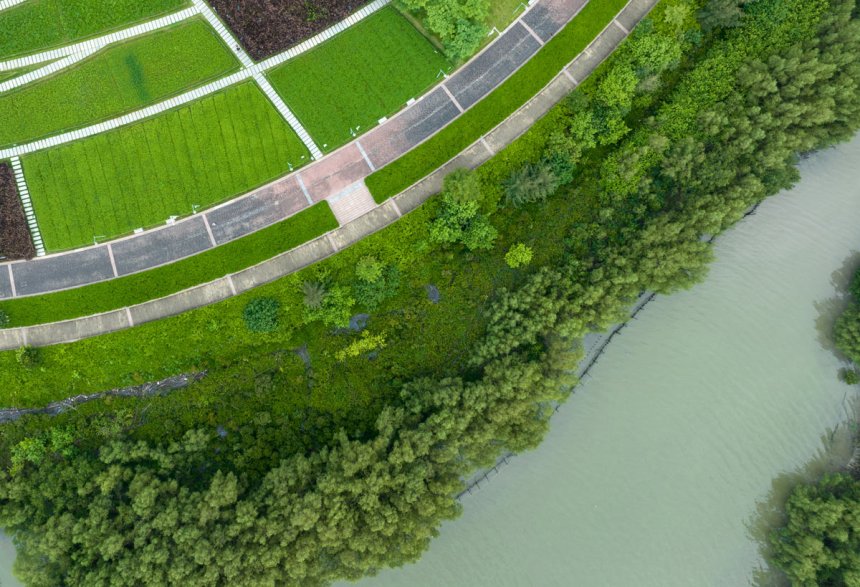
Riparian buffers, vegetated zones that line the banks of rivers, streams, wetlands, and lakes, play an essential role in protecting water resources. For communities focused on watershed health, MS4 compliance, or sustainable land management, these buffers offer a natural, cost-effective solution to some of the most pressing environmental challenges.
What Is a Riparian Buffer?
A riparian buffer is a strip of land alongside a water body that is intentionally maintained or restored with native vegetation such as trees, shrubs, and grasses. These areas form a transition between upland land uses (like agriculture or development) and the aquatic environment. While they may seem passive, riparian buffers are anything but. They work quietly and continuously to safeguard water quality and habitat.
Key Benefits of Riparian Buffers
1. Pollution Filtration
Riparian buffers act as nature’s filters. As stormwater flows across the landscape, these vegetated zones trap and absorb pollutants, including excess nutrients like nitrogen and phosphorus, sediment, and chemicals. This is especially important for communities working to reduce nonpoint source pollution under their MS4 permits.
2. Erosion Control
The deep roots of buffer vegetation help hold soil in place along streambanks and shorelines. This reduces erosion and limits the amount of sediment entering waterways, a major contributor to impaired streams.
3. Flood Mitigation
By slowing and absorbing runoff, riparian buffers help reduce the volume and speed of water during heavy rain events. This can lower peak flows and decrease flood risk downstream, an increasingly valuable function as communities face more intense storms and changing precipitation patterns.
4. Habitat Creation
Healthy riparian zones support a diverse web of life. They provide food, shelter, and migratory pathways for birds, mammals, amphibians, and aquatic species. The shade from buffer trees also helps regulate stream temperature, benefiting cold-water fish like trout.
5. Cost-Effective Infrastructure Support
Unlike gray infrastructure, riparian buffers require minimal long-term investment once established. Their ability to provide multiple ecosystem services makes them an attractive component of any community’s green infrastructure strategy.
Municipal Applications and Compliance Benefits
Municipalities can incorporate riparian buffers into local land use policies, stormwater ordinances, and site design standards. Buffer requirements are often included in zoning codes and development review processes. For communities subject to MS4 regulations, protecting or restoring riparian zones can count toward permit compliance and support total maximum daily load (TMDL) reduction goals.
Riparian buffer restoration is also a common element in watershed management plans, offering measurable improvements to water quality and stream health. Municipal staff, conservation districts, and public works departments can work together to identify priority buffer areas and engage landowners in voluntary or incentive-based programs.
A Natural Solution Worth Protecting
As municipalities seek to balance growth with sustainability, riparian buffers stand out as a practical tool for protecting local waters. Whether your goal is to reduce stormwater impacts, meet MS4 permit requirements, or restore ecological integrity, investing in riparian buffers offers lasting benefits for people, property, and the environment.
Share
What's Your Reaction?
 Like
0
Like
0
 Dislike
0
Dislike
0
 Love
0
Love
0
 Funny
0
Funny
0
 Angry
0
Angry
0
 Sad
0
Sad
0
 Wow
0
Wow
0

